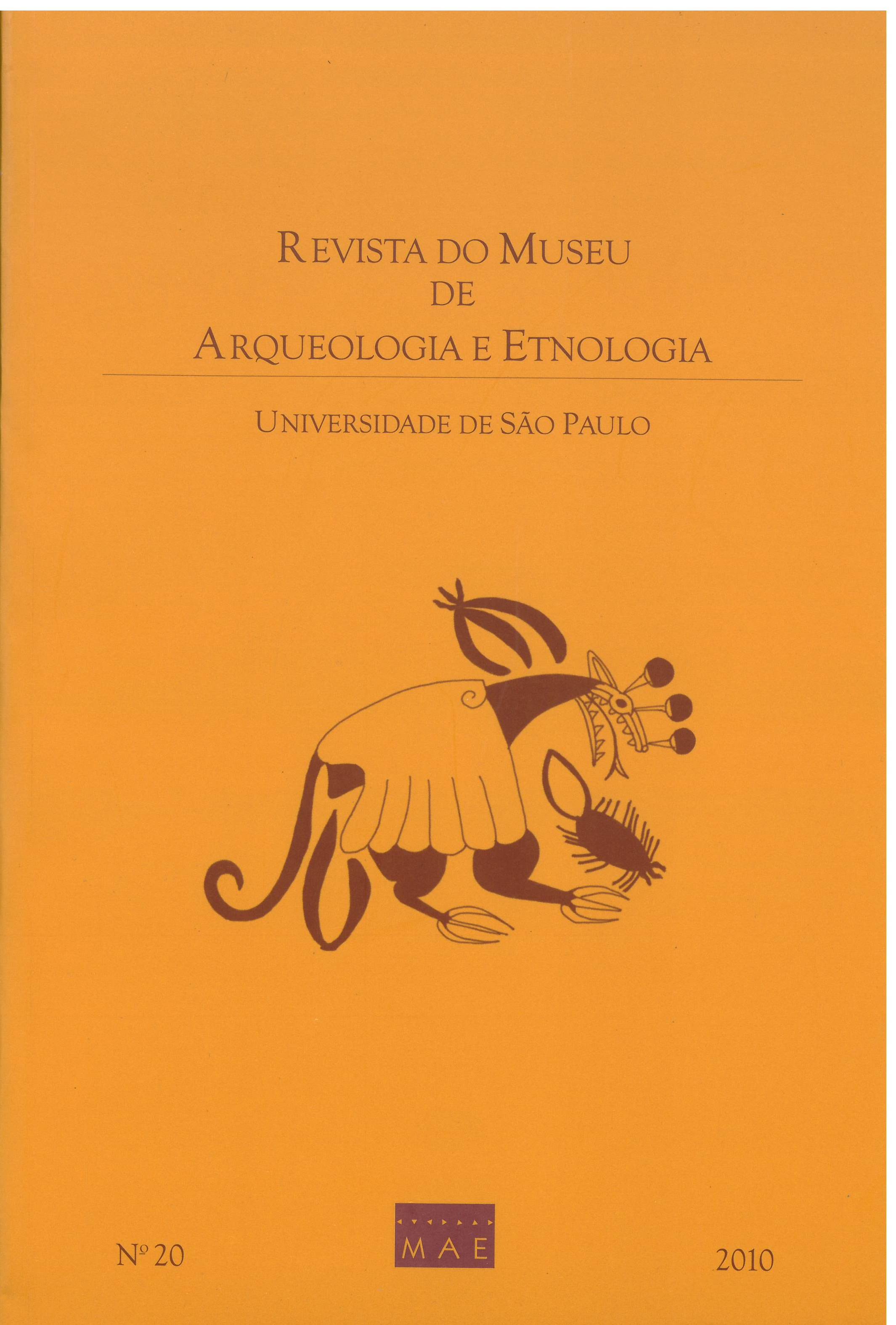What happened in the last 2000 years in the valley of Peruaçu? A multidisciplinary analysis to address the cultural patterns and their variations among human populations of that region
DOI:
https://doi.org/10.11606/issn.2448-1750.revmae.2010.89917Keywords:
Prehistoric culture, Maize, Lithic tradition, Cultural dynamicsAbstract
We tried to determine different sources of the cultural features of prehistoric human populations who lived in the Valley Peruaçu - Minas Gerais - Brasil, along its temporal profile, since 10,000 years ago, but mainly between the period of 2000 and 500 years ago in order to base the construction of the scenarios experienced in daily life of those populations. And from the analysis of the characteristics and evolution of this set of material factors, left by those populations, envision and intuit part of their culture and immaterial customs. The analysis was based on lithic tool industry; food used, mainly maize, graves; structures to "store" food; and our own data and literature on the archaeological sites in the region. So we can say that there was a major cultural change in the region between 2000 and 500 years ago, in-depth discussion in the article.Downloads
Download data is not yet available.
Downloads
Published
2010-12-09
Issue
Section
Articles
License
Copyright (c) 2010 Fábio de Oliveira Freitas, Maria Jacqueline Rodet

This work is licensed under a Creative Commons Attribution-NonCommercial-NoDerivatives 4.0 International License.
How to Cite
FREITAS, Fábio de Oliveira; RODET, Maria Jacqueline. What happened in the last 2000 years in the valley of Peruaçu? A multidisciplinary analysis to address the cultural patterns and their variations among human populations of that region. Revista do Museu de Arqueologia e Etnologia, São Paulo, Brasil, n. 20, p. 109–126, 2010. DOI: 10.11606/issn.2448-1750.revmae.2010.89917. Disponível em: https://www.journals.usp.br/revmae/article/view/89917.. Acesso em: 25 may. 2024.













